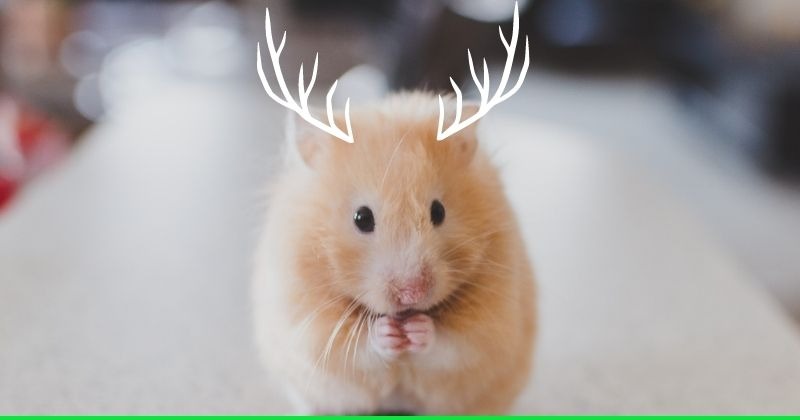
Scientists Successfully Grow Mini Antlers on Mice
In a recent breakthrough, scientists have successfully grown mini antlers on mice by implanting deer cells in their heads. The experiment, which was conducted in a laboratory, has sparked excitement and curiosity among scientists worldwide. This achievement is a significant step towards understanding the regenerative potential of organisms and opens doors to the possibility of limb regeneration in humans.
Growing Mini Antlers on Mice
According to a report published in the journal Nature, scientists from the University of Kyoto in Japan implanted deer cells called antlerogenic periosteum progenitor cells (APPCs) into the heads of mice. APPCs have the unique ability to regenerate tissue and bone, which is why the scientists chose them for the experiment.
The researchers found that the APPCs successfully triggered the growth of mini antlers on the mice. The mini antlers were smaller than those of a deer, measuring around 2.2 centimeters in length. However, the antlers contained cartilage, bone, and blood vessels, just like natural antlers.
The study's lead author, Dr. Takehito Yoshida, stated that the experiment's success was due to the APPCs' unique ability to regenerate tissue and bone. Yoshida also mentioned that the antlers were an excellent model for studying regeneration in mammals.
Also Read:
- Gizmore Vogue Smartwatch Launched in India with Bluetooth Calling: Features, Specifications, and More
- Exploring the Dynamic Gamma Ray Sky: A Look into NASA'€™s Fermi Telescope
Implications for Human Limb Regeneration
The experiment's success has sparked excitement and curiosity among scientists worldwide about the possibility of regenerating human limbs. Limb regeneration is a topic of interest among scientists and researchers because it could revolutionize the field of medicine.
According to a report published in Popular Mechanics, humans already have the genetic blueprint for limb regeneration. However, we lack the necessary genetic switches to turn on the regeneration process. By studying the regenerative potential of organisms like deer, scientists hope to identify these genetic switches and find ways to turn them on in humans.
The experiment's success with mini antlers on mice has opened doors to further research on regeneration. Researchers hope that they can identify the specific genes responsible for tissue and bone regeneration and use them to develop new therapies for humans.
Regenerating Bone with Deer Antler Stem Cells
In a related development, researchers at the University of Florida have successfully used deer antler stem cells to regenerate bone. According to a report published in Phys.org, the researchers extracted stem cells from deer antlers and used them to regenerate bone in mice.
The researchers found that the deer antler stem cells were more effective at regenerating bone than traditional bone grafts. The study's lead author, Dr. Jonathan Cheetham, stated that the experiment's success was due to the unique regenerative properties of deer antlers.
Cheetham also mentioned that the experiment's success could pave the way for the development of new therapies for bone regeneration in humans.
So, scientists have successfully grown mini antlers on mice by implanting deer cells in their heads. The experiment's success has opened doors to further research on regeneration and the possibility of limb regeneration in humans. The unique regenerative properties of deer antlers and stem cells have proven to be effective in regenerating tissue and bone in mice, which could lead to the development of new therapies for humans. The future of regeneration looks promising, and we can expect more breakthroughs in the field in the coming years.
Read More:
- Path of Exile's 3.21 Expansion: What We Know So Far
- Advancements in Telescope Technology: Virtual Earth-Sized Telescope and the World's Most Powerful Solar Telescope
That's it for this article.
Thanks for Visiting Us – fixyanet.com


0 Comments